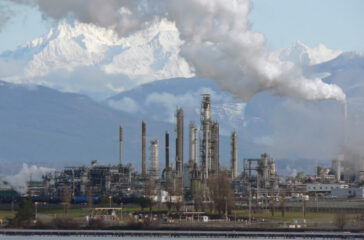Bertha Magana has lived in the same house in rural Monterey County, California since 1987; it’s where she and her husband raised their four children, and the place they enjoy visits from their 11 grandchildren. Recently, however, 61-year-old Magana learned that the well from which the family gets its drinking water is contaminated with an industrial compound known to cause cancer. Her family is healthy, but Magana is now plagued with the constant worry that comes with knowing her water is unsafe.
“I am very worried,” Magana said in a recent interview, translated from Spanish by an interpreter.
 EWG
EWG


